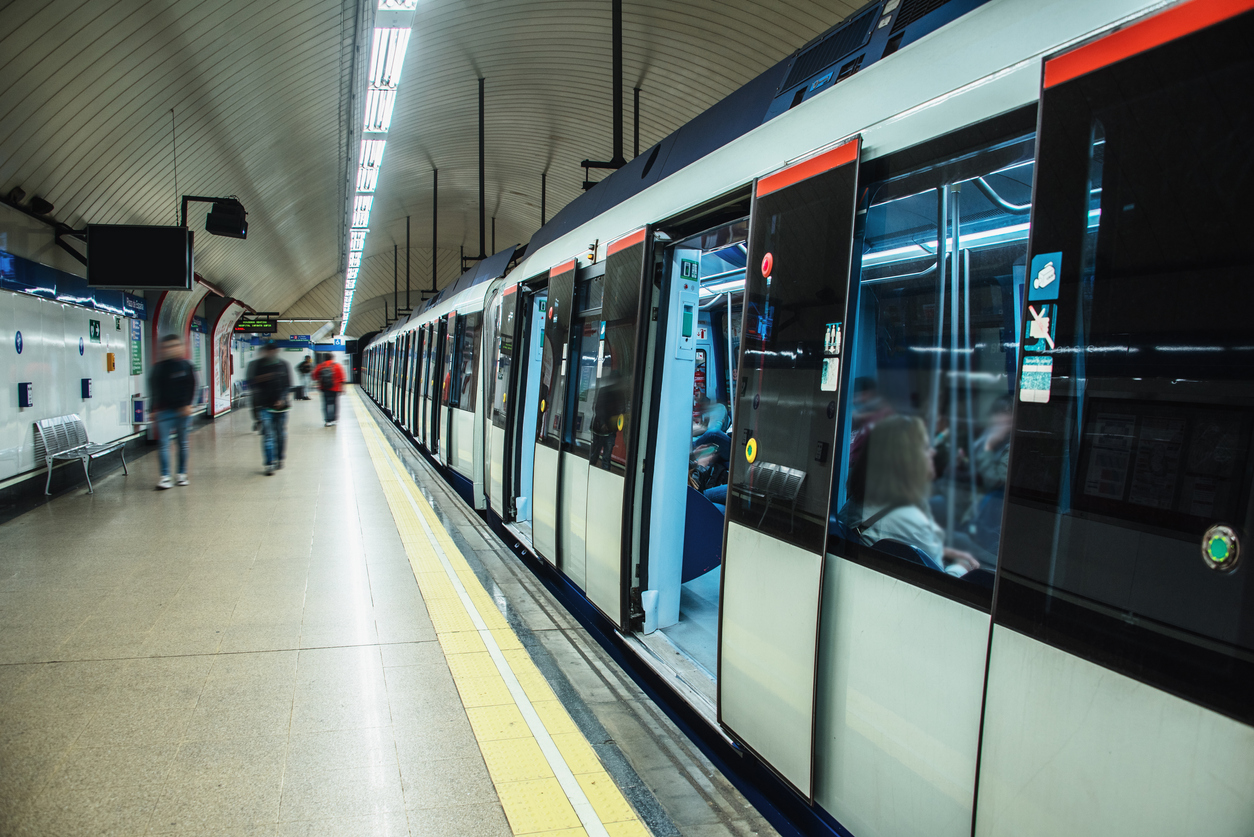
Microbes don’t generally endear themselves to most of us from the handrail of the subway, but some researchers have come to know them all the same. The MetaSUB consortium, co-founded by Christopher Mason and Evan Afshin at Weill Cornell in 2015, is one example of a growing body of microbiologists interested in the smallest inhabitants of our urban spaces. MetaSUB currently coordinates across more than 100 cities to descend upon metros, buses and other busy places to sample high-traffic surfaces for metagenomic testing. This global subterranean invasion occurs on all 7 continents on precisely the same day each year (June 21st to be exact), a collaboration of Herculean proportions.
So what have such studies taught us about the urban microbiome, particularly in some of the most densely populated cities of the world? What can a rail that has seen so many storied hands in the course of an hour, let alone days or weeks, tell us about the microbial world existing on public surfaces? Should we fear those metro microbes as much as we feel that we should?
Microbiomes of Public Transit
The very first study from what has grown into the MetaSUB team demonstrated that nearly half of the DNA from subway surfaces didn’t match any known organism. The data paint a picture of a diverse ecology that we know relatively little about, spanning the tree of life to include prokaryotes, fungi, eukaryotes, protists and viruses (mostly bacteriophages) adapted to live in our human-made spaces. Moreover, these microbial communities seem to carry an ecological fingerprint of the events their habitat has been through. This was demonstrated by marine-associated microbes still identifiable on a subway platform that had flooded during Hurricane Sandy.Read more...







